International
Ecuador expands sea life protections around Galapagos
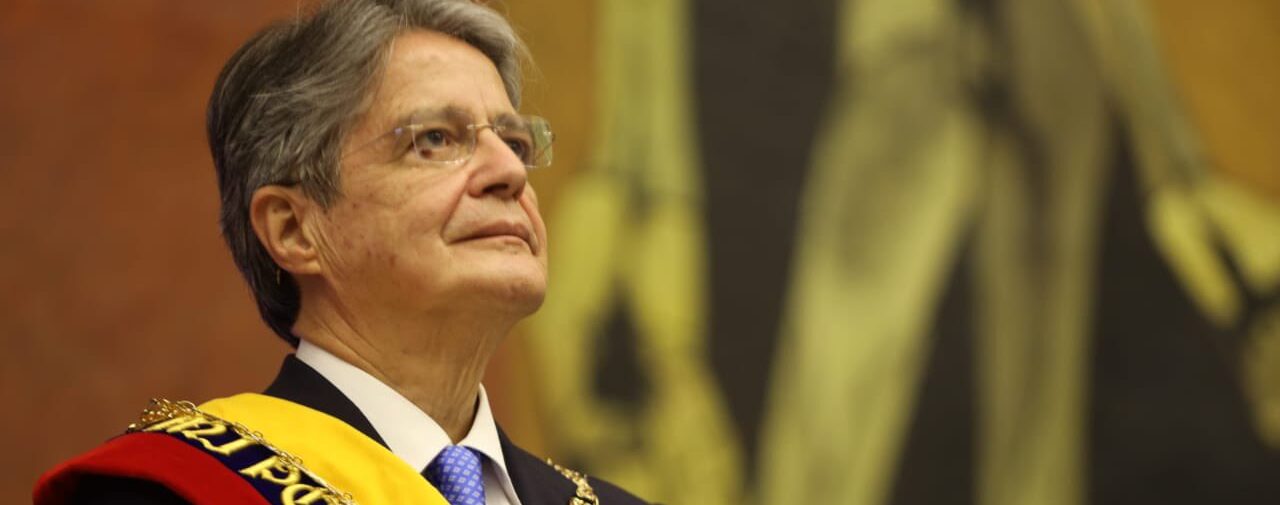
AFP
Ecuador created a massive new marine reserve Friday north of its Galapagos islands, forming a Pacific corridor up to Costa Rica’s Cocos Island National Park to preserve species of migratory fauna, such as sharks.
President Guillermo Lasso, on board a scientific vessel from the Galapagos National Park (PNG) anchored in the bay of Puerto Ayora off Santa Cruz Island, signed the decree creating the new reserve called “Hermandad” (Brotherhood).
To mark the opening of the marine reserve, he then cut a ribbon made out of materials collected during coastal cleanups conducted in the Galapagos.
The new reserve is incorporated into the 138,000 square kilometers (50,200 square miles) of reserve that have existed since March 1998.
So the archipelago that inspired English naturalist Charles Darwin has now expanded to an impressive 198,000 square kilometers of protected marine area.
The Galapagos marine reserve, in which industrial fishing is prohibited, is the second-largest in the world. More than 2,900 marine species have been reported within the archipelago, which is a Natural World Heritage Site.
Authorities are planning for protected areas in adjacent Colombia and Panama to join later, creating an international marine biosphere reserve.
The leaders of those two countries also signed the decree along with Lasso.
Lasso announced the expansion of the Galapagos marine reserve, which has unique flora and fauna and fragile ecosystems, in November in Glasgow, on the occasion of the COP 26 climate summit.
The project was in exchange for a reduction in Ecuador’s international debt.
– A ‘clear message’ –
The creation of the “Brotherhood” reserve is a “clear message for the world,” said Lasso Friday, describing it as a “new relationship with the Earth, a new understanding of what constitutes progress for humanity.”
Colombian President Ivan Duque and former US president Bill Clinton attended the event, together with government officials from Costa Rica and Panama.
Duque said that eventually adding Colombia’s Malpelo islands and Panama’s Coiba islands to the vast marine reserve will allow for the migration of species such as sea turtles, whales, sharks and manta rays.
This new reserve “will guarantee the survival of 40 percent of the world’s marine species,” Duque said.
“We may be a small territory… but the planet is also ours,” said Lasso.
“The seas are great regulators of the global climate,” he said, adding that “taking care of them is not naive idealism, it is a vital necessity.”
Located in the Pacific some 1,000 kilometers (600 miles) off the coast of Ecuador, the Galapagos Islands are a protected wildlife area and home to unique species of flora and fauna.
The archipelago was made famous by British geologist and naturalist Charles Darwin’s observations on evolution there.
International
Mexican government prioritizes 191 communities after deadly floods
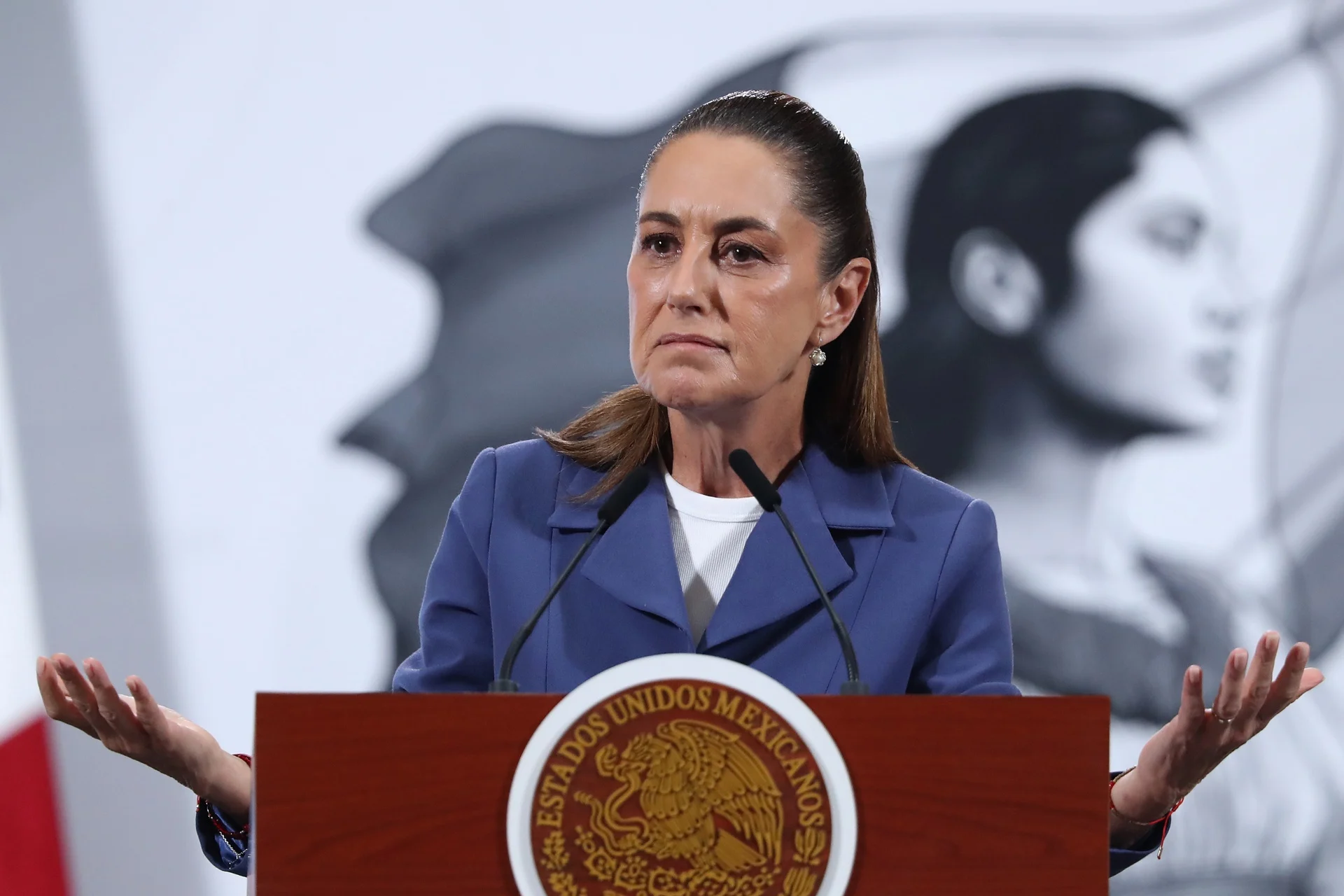
Mexican President Claudia Sheinbaum confirmed on Wednesday that the death toll from recent rains and floods across several central states has risen to 66, while the federal government has activated air bridges and prioritized assistance in 191 isolated communities.
“Unfortunately, 66 people have died, and 75 remain missing,” the president said during her morning press conference. She added that the official death toll will be updated later in a new report.
As of Tuesday, authorities had reported 64 fatalities. Sheinbaum also announced the creation of a public information center to centralize official data on the deceased, missing persons, damaged homes, and cut-off communities.
According to the president, the number of missing persons has decreased thanks to coordination with state authorities.
“Through calls to phone line 079, 103 people who had been reported missing have now been located,” she explained.
Priority Municipalities
The president noted that the federal government has classified 191 communities as ‘priority’, a designation based mainly on the percentage of homes affected.
International
New road and bridge explosions raise alarm amid indigenous protests in Ecuador
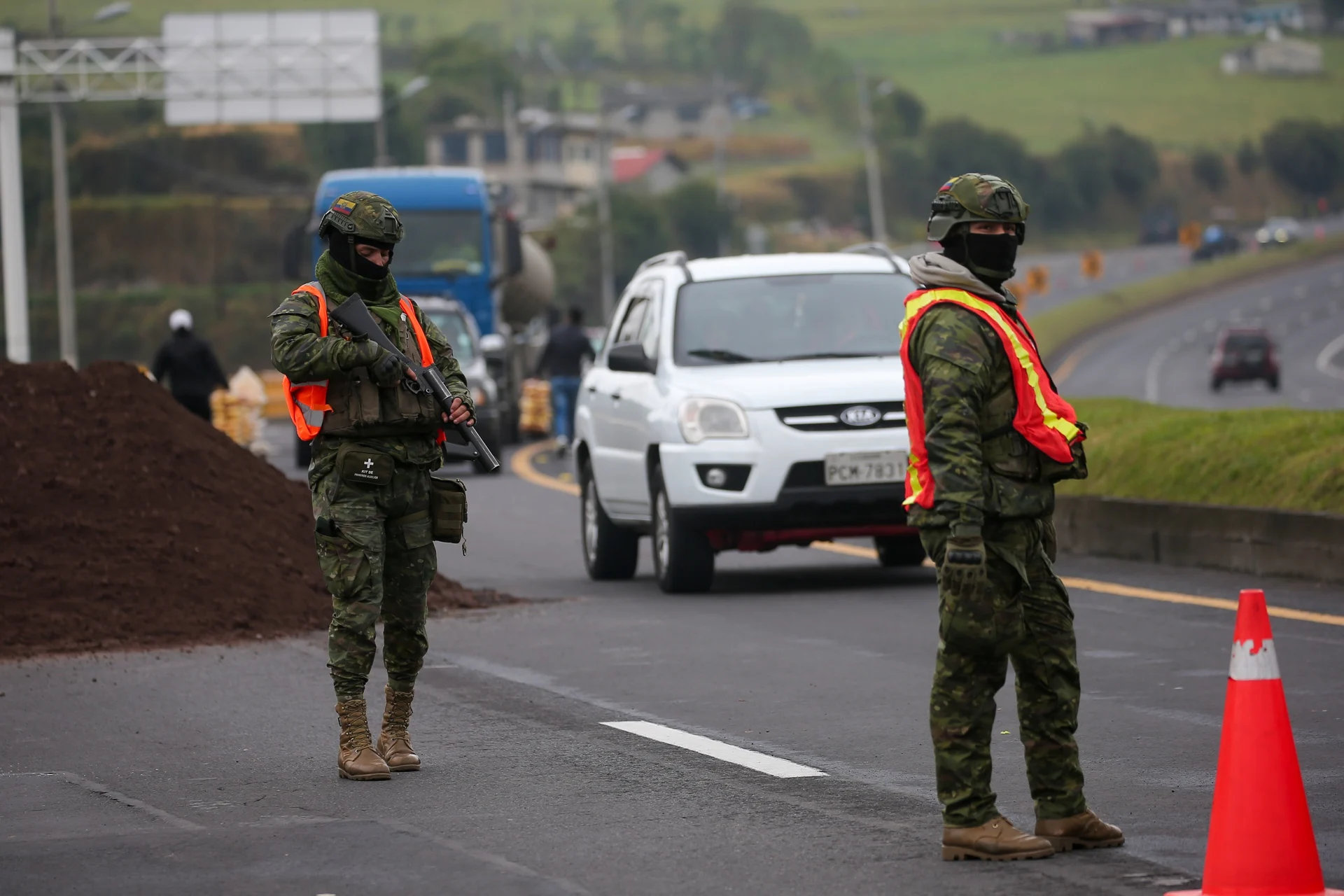
Ecuadorian authorities are investigating two explosions that occurred early Wednesday, one on a road in the southern part of the country and another under a bridge in Guayas province. These incidents follow the car bomb explosion in the coastal city of Guayaquil, also in Guayas, which occurred the day before and left one person dead and 30 injured.
Press reports indicate that one person was injured and several vehicles were damaged in the explosion on the Cuenca-Girón-Pasaje road in the south.
“Besides yesterday’s explosion in Guayaquil, we have received reports of explosives placed on bridges along the Guayaquil-Machala and Machala-Cuenca routes to disrupt traffic,” said Roberto Luque, Minister of Infrastructure and Transport (MIT).
On his X social media account, Luque reported that authorities have been deployed to the sites to assess the damage and determine the current condition of the structures.
“What they haven’t achieved with their call for a strike, some are trying to achieve through terrorism,” he stated, referring to the 24 days of protests organized by the Confederation of Indigenous Nationalities (Conaie) against rising diesel prices and other demands.
The protests, called at a national level, have Imbabura province as their epicenter. Roadblocks have also been reported in the northern part of Pichincha province, whose capital is Quito, while activities in the rest of the country continue normally.
International
Armed forces target illegal mines in Northern Ecuador with bombing raids
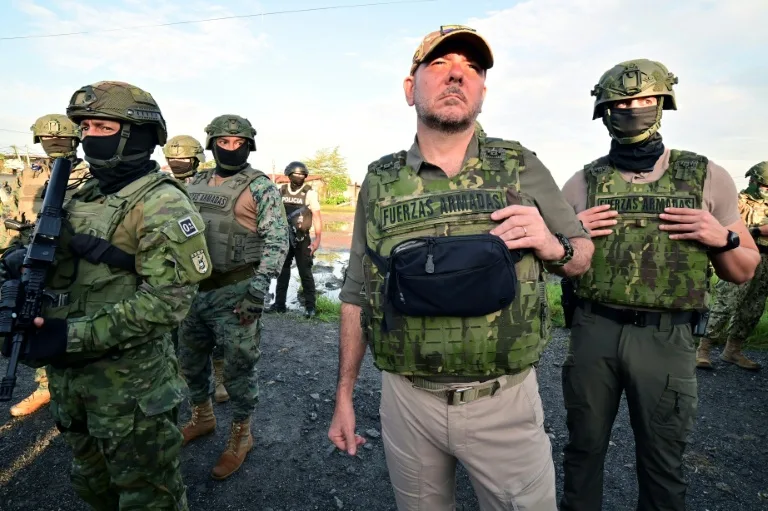
Ecuador’s Armed Forces carried out an operation on Monday — including airstrikes — against illegal mining in the town of Buenos Aires, in the country’s north, Defense Minister Gian Carlo Loffredo reported.
The mountainous, gold-rich area has been a hotspot for illegal mining since 2017, located in the Andean province of Imbabura.
In 2019, former president Lenín Moreno deployed around 2,400 soldiers to the region in an attempt to curb the illegal activity. “The operation began with mortar fire, followed by gunfire and bombing runs by Supertucano aircraft,” Loffredo said in a video released by the Defense Ministry.
He added that the operation would continue on Tuesday with patrols across the area to locate possible members of “irregular armed groups that may have crossed from the Colombian border.”
The Armed Forces stated on X that the intervention focused on the “complete elimination of multiple illegal mining tunnels” in the areas known as Mina Nueva and Mina Vieja.
The operation coincided with the deployment of a military and police convoy into Imbabura, which has been the epicenter of protests against President Daniel Noboa since September 22, following his decision to scrap the diesel subsidy.
-
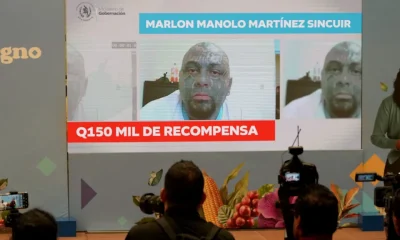
 Central America2 days ago
Central America2 days agoGuatemala arrests first escaped gang member after Barrio 18 prison break
-
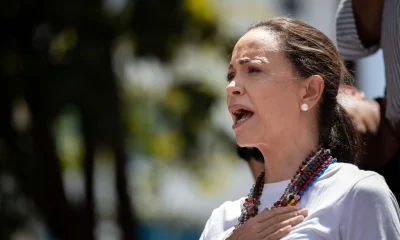
 International5 days ago
International5 days agoMaría Corina Machado calls 2025 Nobel Peace prize a victory for venezuelan people
-
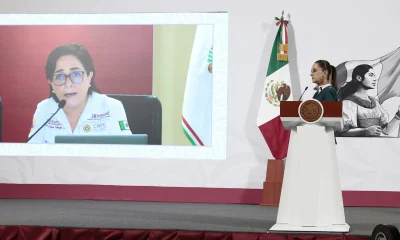
 International2 days ago
International2 days agoMexico reports 64 dead, 65 missing after devastating central region floods
-
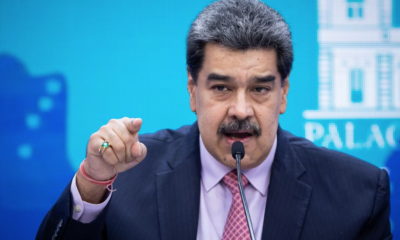
 International2 days ago
International2 days agoVenezuela calls for continued global pressure to secure ‘just peace’ for Palestine
-
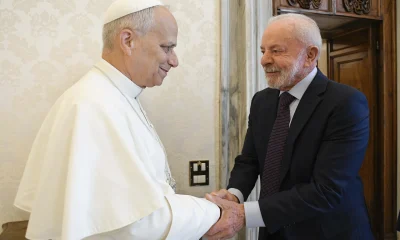
 International2 days ago
International2 days agoPope Leo XIV to skip COP30 in Brazil but plans future visit, Lula confirms
-
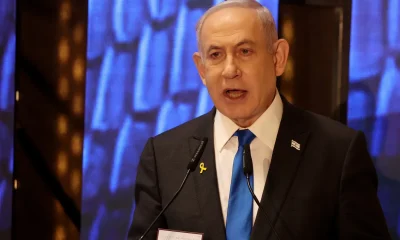
 International5 days ago
International5 days agoNetanyahu says Trump deserved 2025 Nobel Peace prize
-
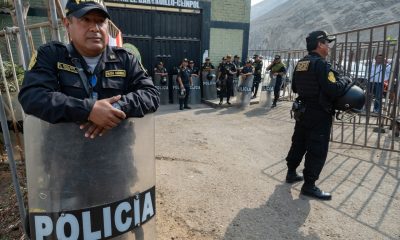
 International4 days ago
International4 days agoPeruvian president Jerí leads prison raids to tackle organized crime
-
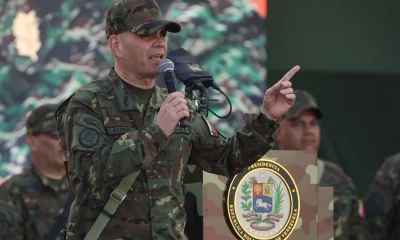
 International4 days ago
International4 days agoVenezuela launches ‘Independence 200’ defense plan amid U.S. naval presence
-
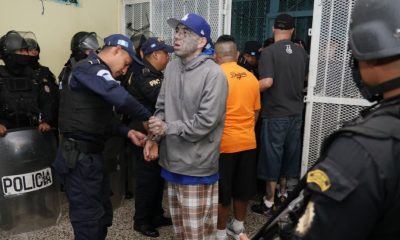
 Central America3 days ago
Central America3 days agoFraijanes II prison in Guatemala reports gradual escape of 18th Street gang inmates
-
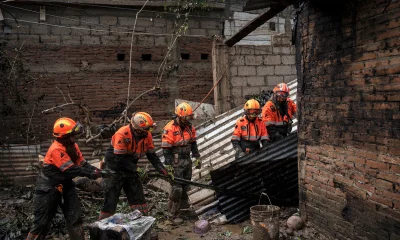
 International1 day ago
International1 day agoSheinbaum: Urgent to restore access to towns cut off by heavy rains
-
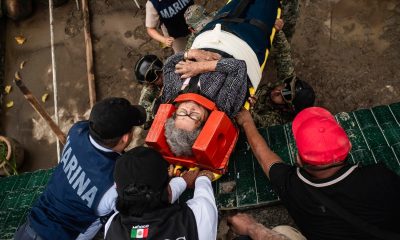
 International3 days ago
International3 days agoHeavy rains leave dozens dead in Hidalgo, Puebla, and Veracruz
-
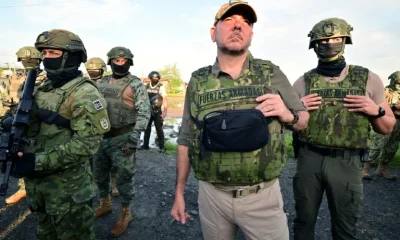
 International1 day ago
International1 day agoArmed forces target illegal mines in Northern Ecuador with bombing raids
-
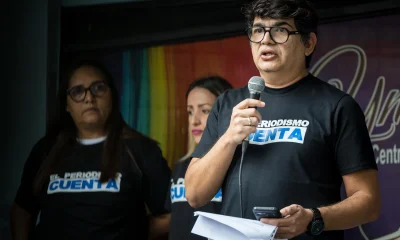
 International1 day ago
International1 day agoVenezuelan media faces fresh restrictions after reporting on opposition leader’s Nobel win
-
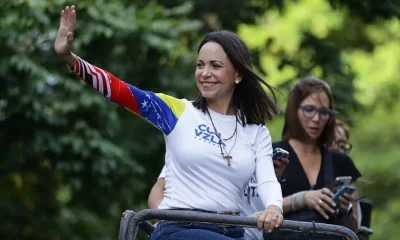
 International1 day ago
International1 day agoCaracas shuts embassy in Oslo without explanation following Machado’s Nobel win
-

 International1 hour ago
International1 hour agoNew road and bridge explosions raise alarm amid indigenous protests in Ecuador
-
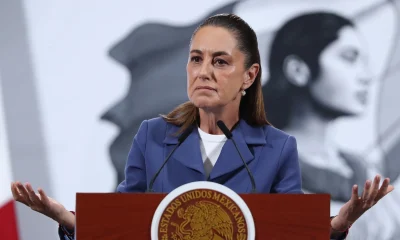
 International1 hour ago
International1 hour agoMexican government prioritizes 191 communities after deadly floods


























